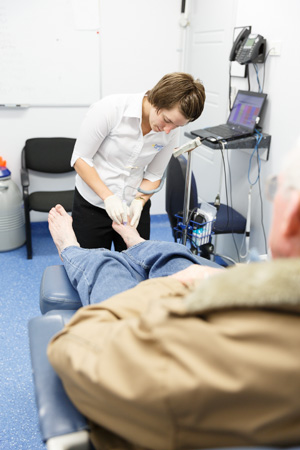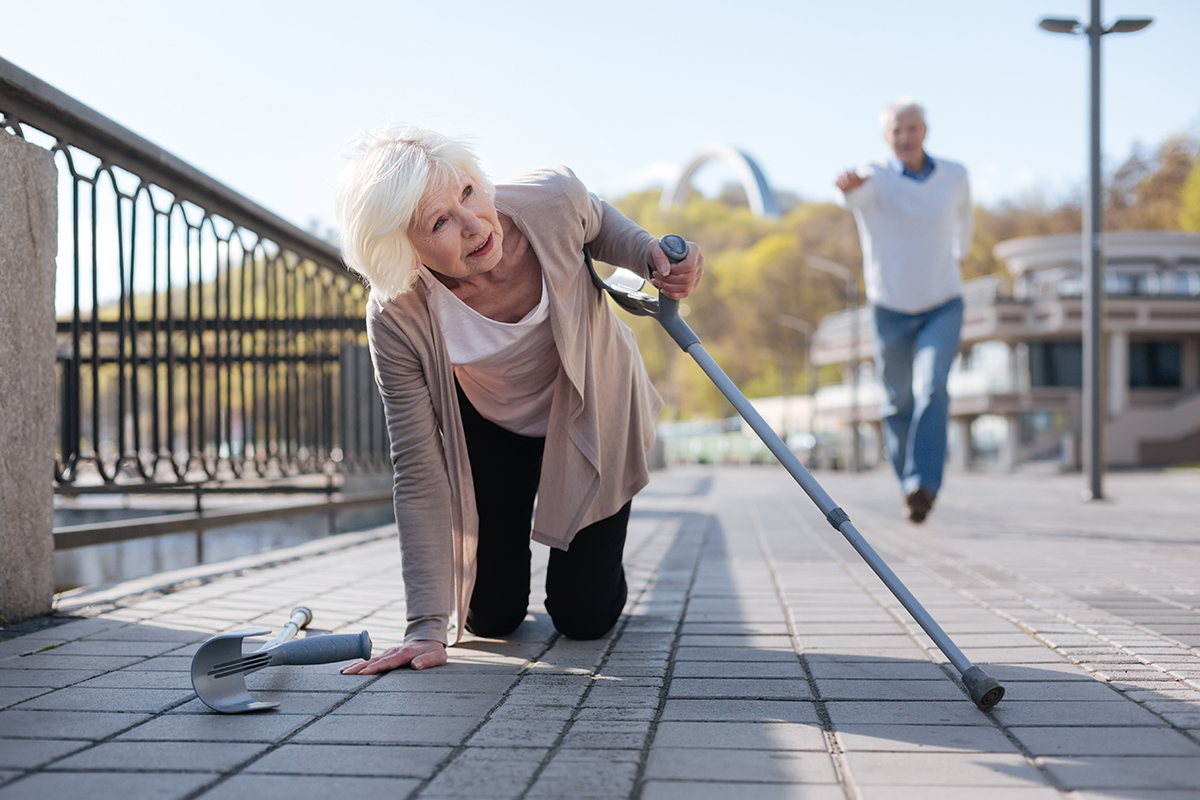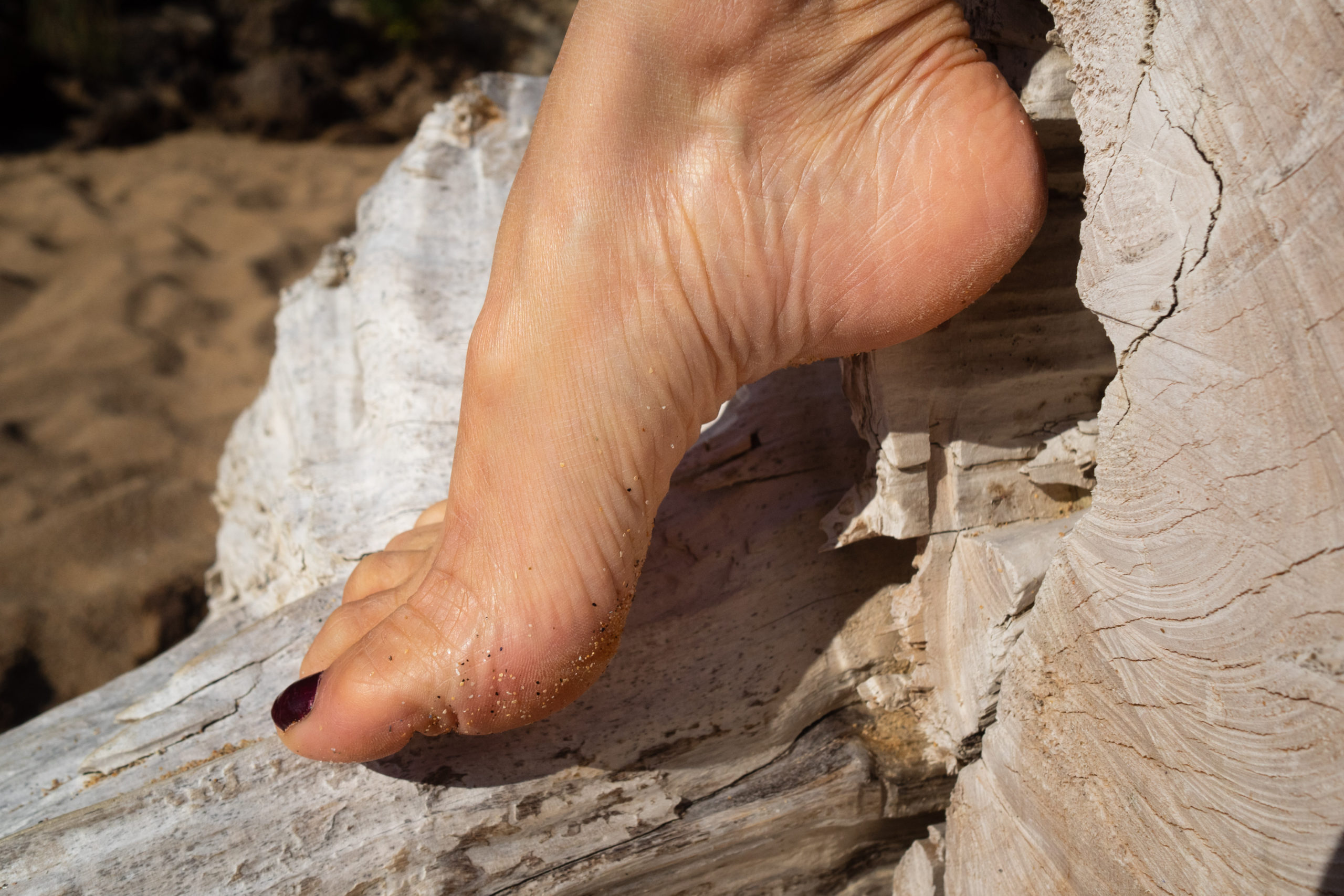Cerebral Palsy (CP) is a neurological condition that is responsible for a group of movement and motor disabilities that start in childhood. Here in Australia, it affects approximately 1.8 children per 1000 live births. Along with cognitive impairments like learning disabilities and speech difficulties, the lower limbs are very much affected, with children facing joint problems, structural (bony) deformities and difficulties with movement and walking.
Movement: Each Person Is Uniquely Affected
While every person with CP has a movement impairment, the severity of the impact and the specific bones, joints, muscles and tendons that are affected can vary significantly from person to person. The effects can also change over time, with some observing a further decline in their balance, muscle tone and other functions, while others may see their movement improving through the help of treatment strategies like physical therapy. This means it’s important to get a personalised assessment of your foot and leg health and to repeat these annually so that your knowledge of your risks and vulnerabilities, as well as the best treatment for you, remains accurate.
Common Foot & Leg Problems In Cerebral Palsy
There are a number of common problems with the feet and legs that affect the majority of those with CP. These include:
Muscle Contracture
Overly-toned muscles are a symptom of CP, leading to shortening and hence contracture of the muscles. When your muscle is forcefully contracted, it can make regular movement and flexibility difficult and painful, forcing you to compensate by adjusting the way you move.
Toe Walking
Toe walking is often the result of muscle contracture in CP, resulting in a contracted Achilles that makes a person unable to (comfortably) place their heel on the ground. The result is regular toe-walking – which can promote further contracture by stopping attempts to elongate and stretch the muscle.
Flat Feet
The low muscle tone associated with CP can lead to flat feet, with either no or very little arch. Having flat feet can bring on its own set of problems and vulnerabilities like a higher predisposition to painful muscle and tendon overuse. When paired with impaired muscle tone and function in the lower legs, it can also lead to other problems like drop-foot, where the foot has difficulty clearing the ground (and not dragging along the ground) during gait.
High Arches
With muscular contracture comes the potential for a very high arch profile. These feet lack the flexibility and shock absorption needed for comfortable, stable and optimal gait. They are also related to toe deformities like claw-toes. The high point at the midfoot can also make it difficult to wear regular off-the-shelf footwear comfortably.
Clubfoot
Medically referred to as equinovarus, in a clubfoot deformity the foot is severely turned inwards and upwards so that it tends to face sideways towards the other foot. If you can picture trying to walk in this position – it would be extremely difficult, painful and unstable, as the outside border of the foot will be taking the weight and greatly impacting your balance and co-ordination.
Leg Length Difference
A difference in the length of the legs is another problem faced by those affected by CP. When one leg is longer than the other, it can not only make walking more difficult but often forces you to change the way you walk to improve your momentum, stability and comfort. This can overload other muscles and structures, resulting in pain or overuse injuries.
Leg Torsion
Torsion means the twisting of the bones in the leg, either the tibia (shin bone) or the femur (thigh bone). If the bones are either abnormally twisted inwards or outwards, walking can become difficult and affect the connected bones and joints, too.
Hip Dysplasia
Hip dysplasia means that the hip socket doesn’t completely cover or enclose the ball at the top of the femur like it should, making those affected vulnerable to painful dislocations and movement restrictions. In CP, this tends to occur as a result of muscle imbalances around the hip joint that causes the hip misalignment.
How We Help Patients With Cerebral Palsy
As podiatrists, there are a number of treatments and strategies that we can implement to help patients with CP manage or improve their mobility, comfort and quality of life. Generally, we look to use non-invasive treatment options first before resorting to aggressive therapies like surgery. The treatments we often implement include:
Physical Therapy
Often working alongside a multi-disciplinary care team, we use tailored stretching programs to help stretch contracted muscles or strengthen weak (under-toned) muscles, thereby improving the movement associated with the muscle.
Orthotics
Custom foot orthotics are effective in helping manage the problems associated with flat feet, high arches, adding extra cushioning and support, helping improve stability, and managing pain and discomfort. They are also great at helping correct leg length differences without needing custom alterations to every pair of shoes.
Ankle Brace or Ankle Foot Orthotic (AFO)
An ankle brace or AFO is an effective way to help control problems like drop-foot by keeping the foot in an optimal position for both ground clearance and comfort, thereby preventing it from dragging along or catching the ground.
Custom Footwear
Comfortable footwear that suits the individual foot and a person’s unique symptoms is a crucial part of helping to improve and maintain mobility and comfort when it comes to CP. Our podiatrists have an extensive knowledge of both today’s footwear options, as well as custom footwear options, to best match your needs.
Referrals
Where a more aggressive or different form of treatment is in your best interest, we’ll refer you to the right health care provider. This may be for things like botox (to assist with muscle contracture), casting (for problems like clubfoot or hip dysplasia) and surgery.




